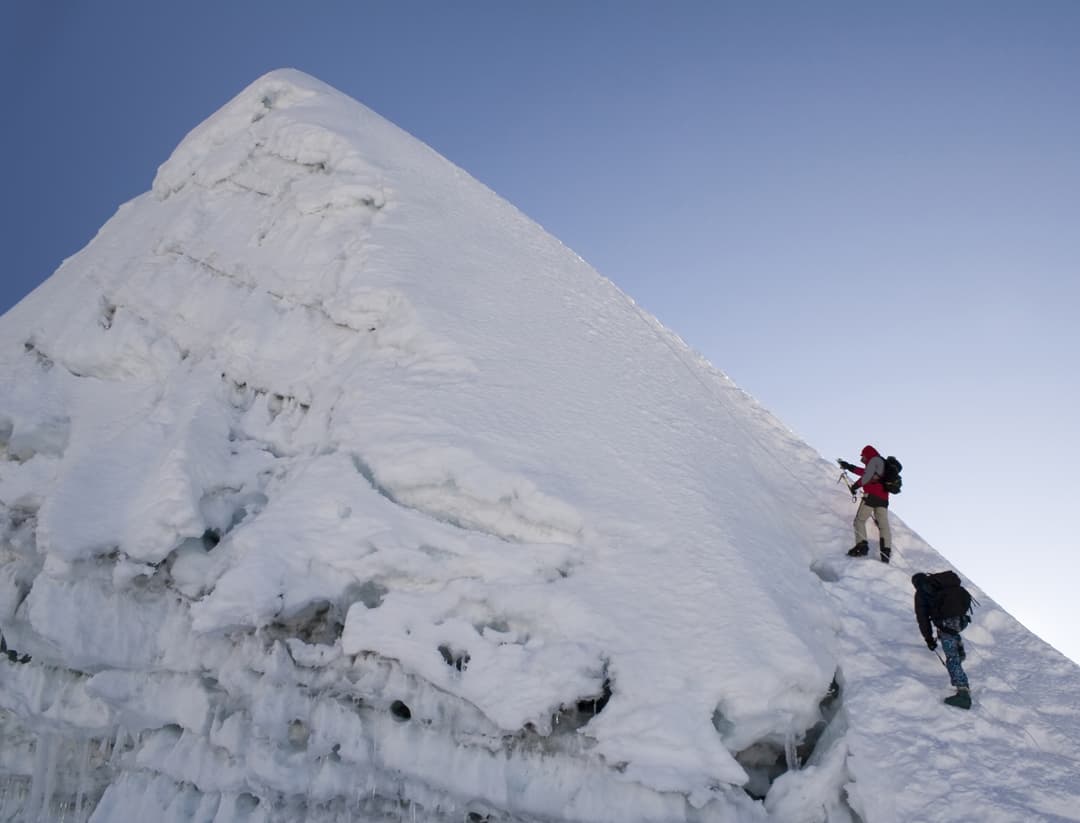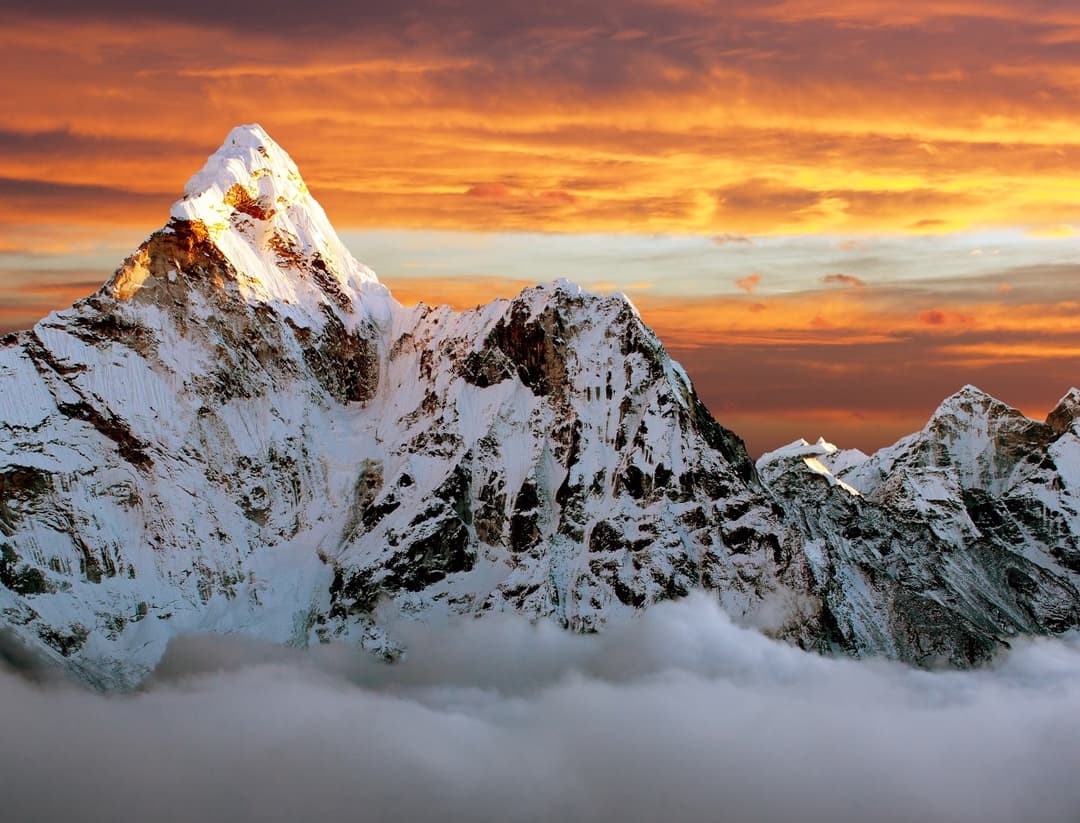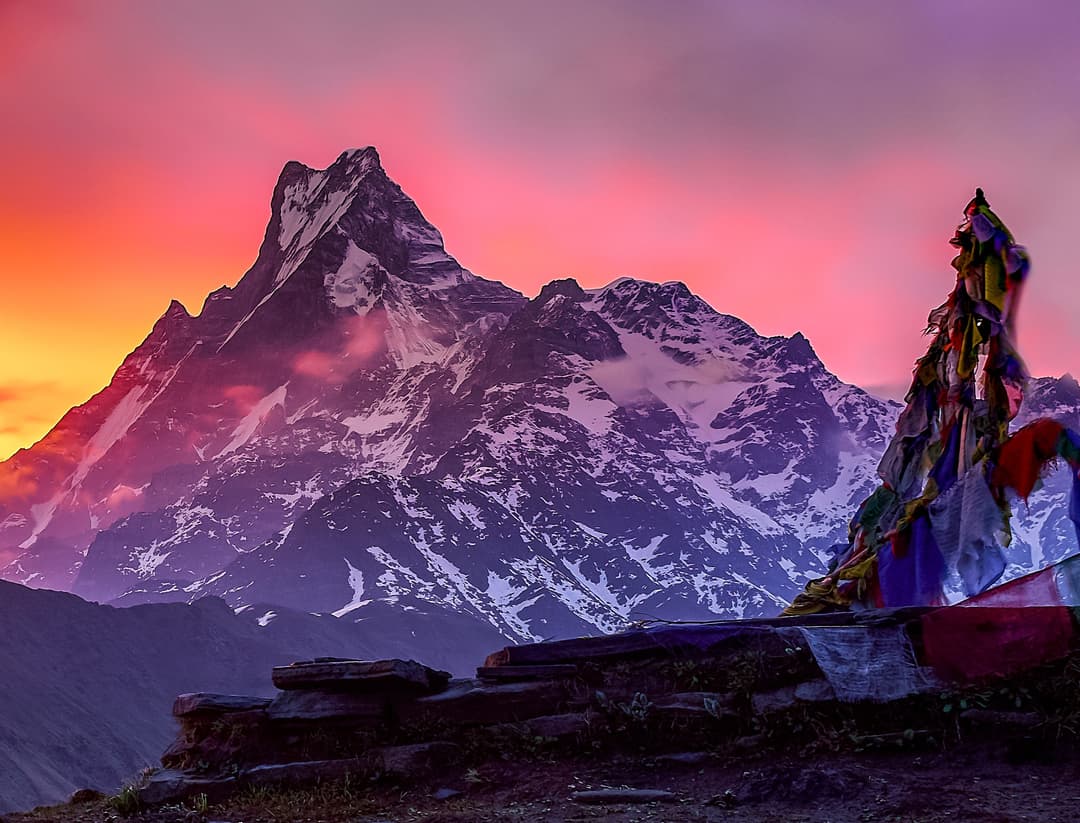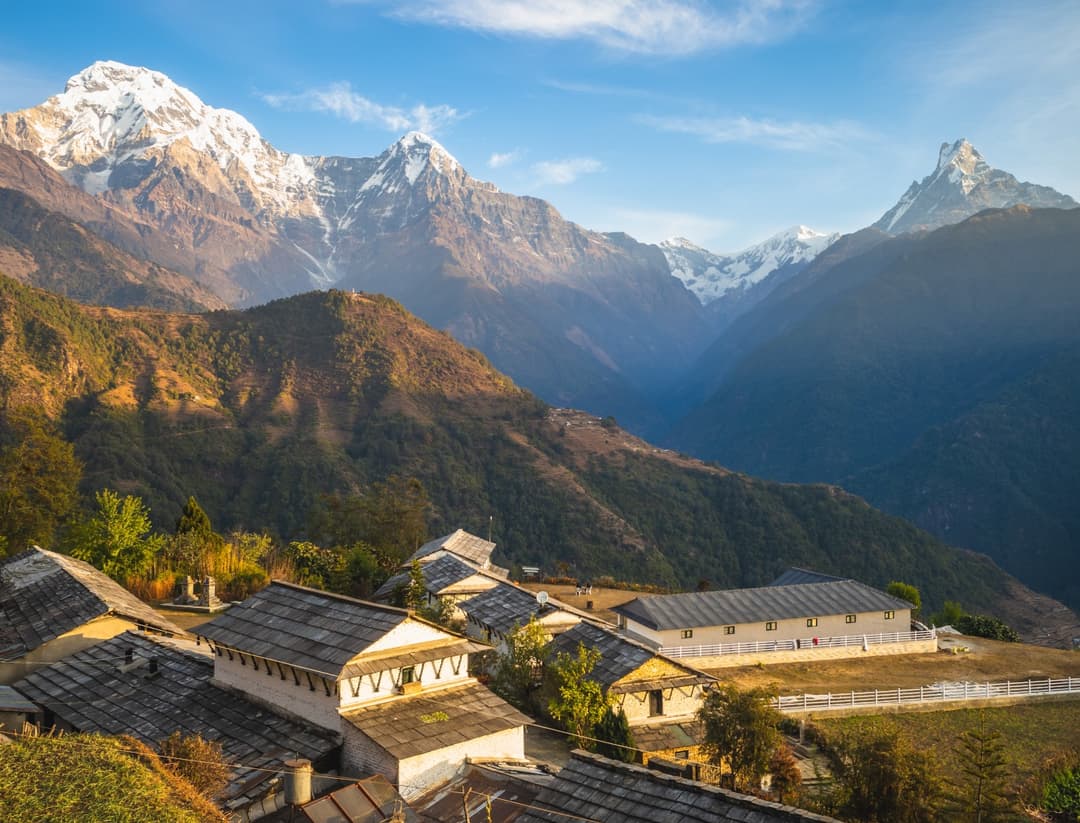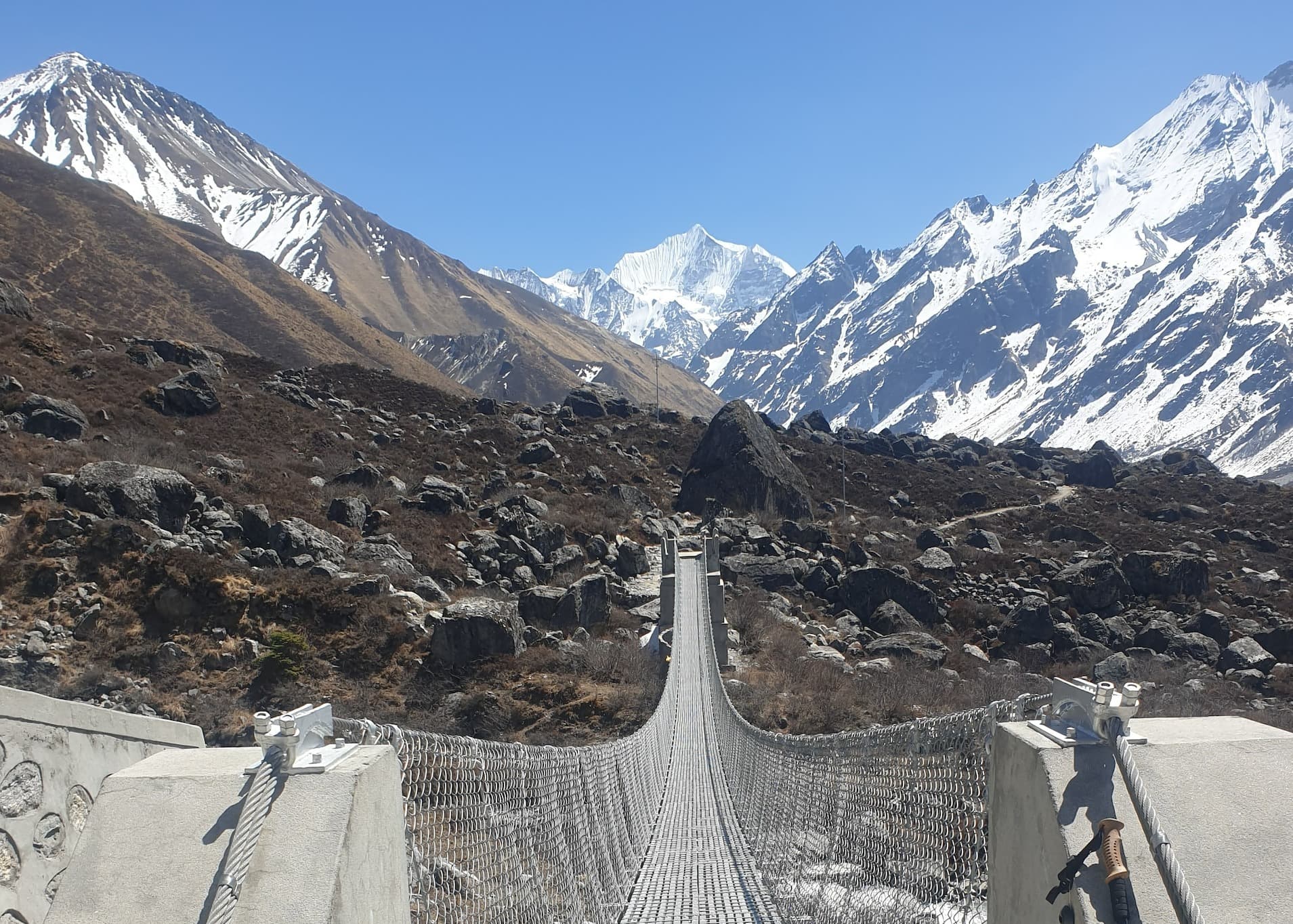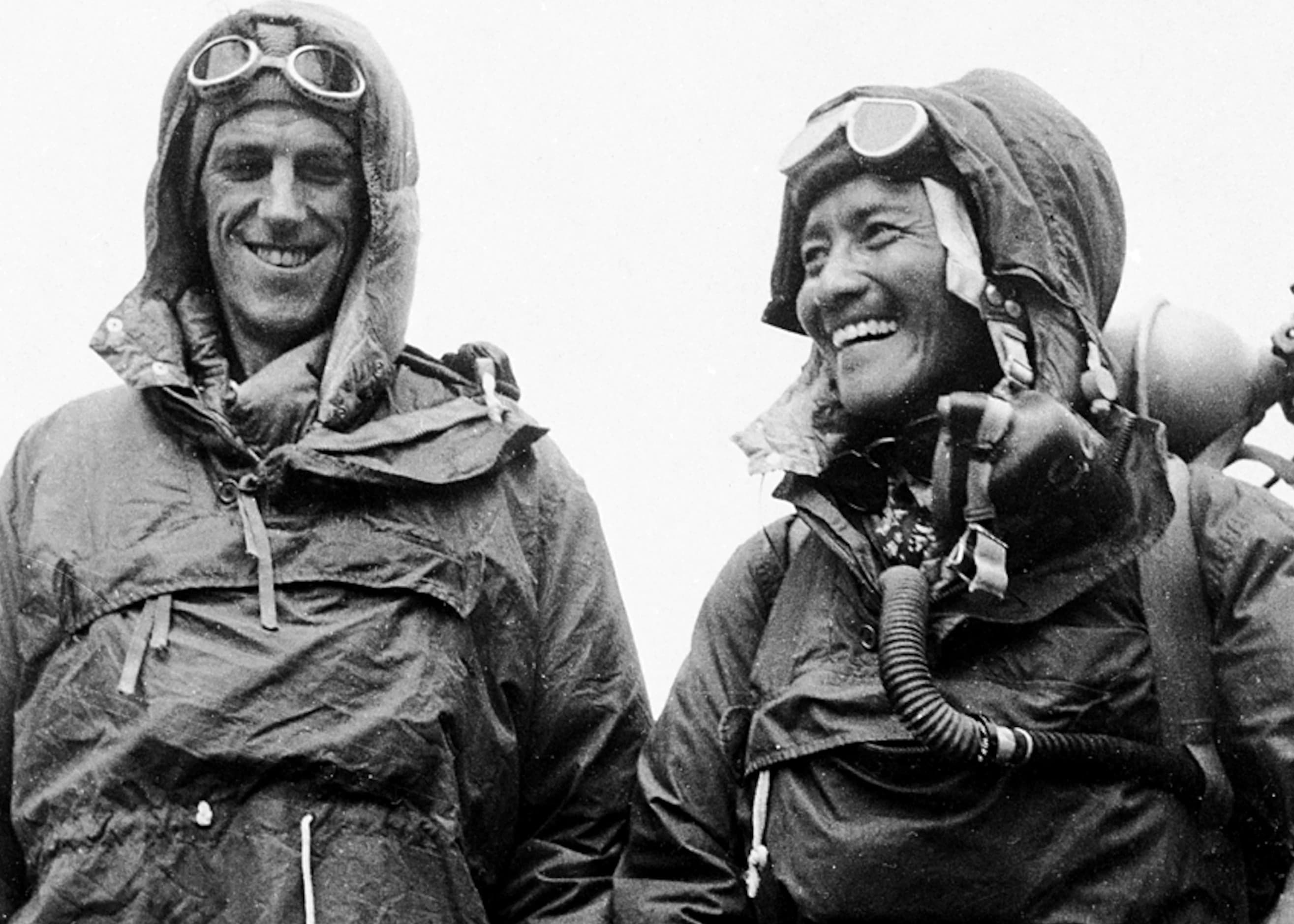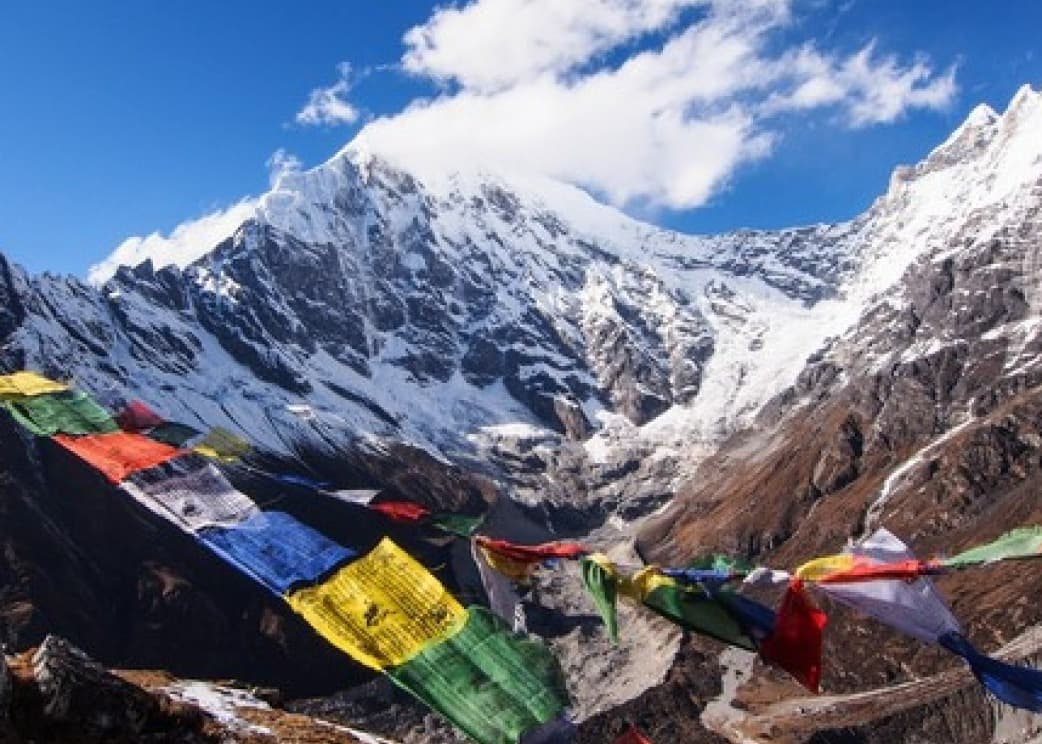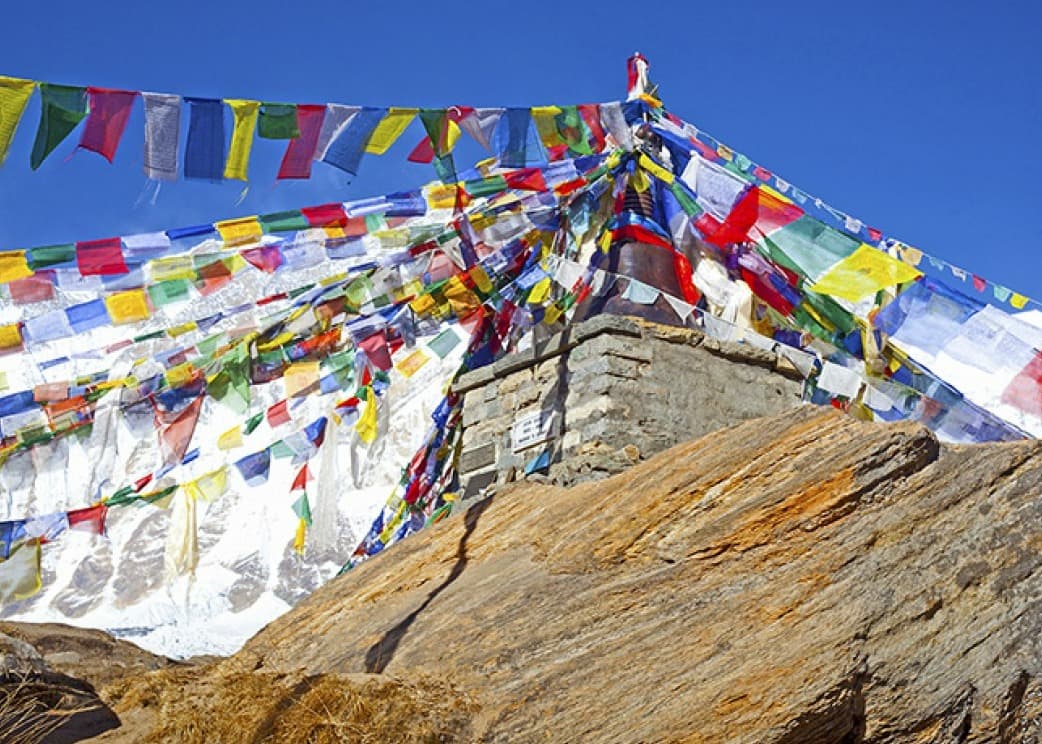Mount Everest, the tallest peak in the world, has always been a symbol of human ambition and a challenge for the adventurers. Scaling the peak was once considered an impossible feat, but with advancements in mountaineering techniques, human endurance, and a strong will to succeed, Mount Everest became the ultimate destination for mountaineers. In this article, we will delve into the details of the first-ever Everest expedition in history, which was a remarkable feat of human endurance, determination, and courage.
Best Seller Treks
Early explorations of Mount Everest
Mount Everest has been a subject of fascination for explorers and mountaineers for centuries. The early explorations of Mount Everest date back to the 19th century when the British Empire was expanding its territories and exploring the world. In 1852, a British surveyor named Andrew Waugh recorded the peak's height as 29,002 feet, which was remarkably close to the current measurement of 29,029 feet.
In the early 20th century, the Royal Geographical Society in Britain began to organize expeditions to explore and map the Himalayas. In 1921, the British mountaineer George Mallory led an expedition to Mount Everest, which was the first official attempt to climb the mountain. The expedition was not successful in reaching the summit, but it paved the way for future attempts.
Mallory returned to Everest in 1922 and led another expedition, which was again unsuccessful. During this expedition, seven Sherpas were killed in an avalanche, which was a tragic event that highlighted the dangers of mountaineering in the Himalayas.
In 1924, Mallory led his third and final expedition to Everest, which is perhaps the most famous one. He and his climbing partner Andrew Irvine attempted to reach the summit but never returned. Their fate remained a mystery for many years until Mallory's body was found on the mountain in 1999.
Tibet's Northeast Ridge path was used for a number of other unsuccessful summit attempts, and after World War II Tibet remained off limits to outsiders. British teams undertook experimental climbs up the Southeast Ridge route in 1950 and 1951 after Nepal's gateway to the outside world was opened in 1949. The perilous Khumbu Icefall was traversed by a Swiss team in 1952 during the first actual summit attempt. Tenzing Norgay and Raymond Lambert reached 28,210 feet, just below the South Summit, but were forced to return due to a lack of supplies. A sizable British expedition led by Colonel John Hunt was planned for 1953 in response to the Swiss mission's shockingly close to success.
Several other attempts were made over the following years, but it wasn't until 1953 that a team led by Sir Edmund Hillary and Tenzing Norgay successfully reached the summit. The team consisted of several other climbers, Sherpas, and porters, who all played important roles in the expedition's success.
First Successfull Expedition
Tenzing Norgay and Edmund Hillary reached the summit of Mount Everest on May 29, 1953, making the 1953 British Mount Everest expedition the first climbing expedition to successfully complete the first ascent of the peak. It was planned and funded by the Joint Himalayan Committee under the direction of Colonel John Hunt.
On March 10, the first team and 150 porters departed from Kathmandu for Mount Everest, followed by the second party and 200 porters. They arrived in Thyangboche on March 26 and 27, respectively, and spent the weeks leading up to April 17 acclimating to the altitude.
Hunt intended to send out three attacks of two climbers each, with "a third and last attempt" if necessary. However, following two successive assaults, a pause period of a few days would be required to "recover our strength" and restock the camps. Only Tom Bourdillon and Charles Evans could handle the experimental sets, therefore they formed the first assault team utilizing closed-circuit oxygen equipment that headed out from Camp VIII in an attempt to reach the South Summit and, if feasible, the Summit. Ed Hillary and Tenzing Norgay, two of the best climbers, were to lead the second attack group utilizing open-circuit oxygen equipment. They were to begin from Camp IX, which is located higher on the South Col.
The team spent several months acclimatizing to the harsh conditions of the mountain, which included extreme cold, high altitude, and low oxygen levels. They established several camps along the way, each one higher than the last, to allow their bodies to adjust gradually to the altitude.
The final climb to the summit began on May 29, 1953, when Hillary and Norgay set out from their final camp at an altitude of 26,000 feet. The climb was difficult and dangerous, with steep inclines, crevasses, and unpredictable weather conditions. However, the two climbers pushed through and eventually reached the summit at 11:30 am.
The successful ascent was a historic achievement that captured the attention of the world. News of the climb spread quickly, and Hillary and Norgay became international celebrities overnight. The achievement was seen as a testament to human perseverance and ingenuity and inspired countless climbers to attempt to reach the summit of Everest in the decades since.
They weren't using open-circuit oxygen sets; Hillary noted that he "was becoming rather clumsy-fingered and slow-moving" after ten minutes of snapping pictures on the summit without his oxygen set on. "Well, George, we knocked the bastard off," Hillary said to George Lowe after returning from the summit. While Hunt and Westmacott waited at Advance Base (Camp IV) in anguish and anticipation, Stobart persuaded the descending group to remain silent until they were close enough for him to capture the intensity of the moment on camera.
What happen after the successful mt. everest expeditions?
A few days after the expedition returned to Kathmandu, they learnt that Hillary and Hunt had already been given the honorary titles of Knight Commander and Knight Bachelor for their achievements. At a banquet hosted by the government of Nepal for the expedition's participants on June 22, the senior queen of the nation awarded Tenzing a purse containing 10,000 rupees, or roughly £500 at the time.
The other members received jewelled caskets, while Hillary and Hunt received kukris in jeweled sheaths. The same day, the Indian government announced that Hunt, Hillary, and Tenzing would be the first winners of the new Gold Medal, an honor for civilian valor modeled after the George Medal.
After the successful expedition to Mount Everest in 1953, there were several significant developments in the world of mountaineering and exploration. Here are some of the notable events that occurred:
-
Increased interest in mountaineering: The successful ascent of Mount Everest inspired a new generation of climbers to attempt the peak and explore other mountains around the world. The achievement also captured the public's imagination and sparked a widespread interest in mountaineering and exploration.
- Continued challenges and tragedies: Despite the success of the 1953 expedition, climbing Mount Everest remained a dangerous and challenging endeavor. Over the years, many climbers have lost their lives attempting to reach the summit, and there have been several high-profile tragedies, such as the 1996 disaster that claimed the lives of eight climbers.
-
Advancements in mountaineering equipment: The successful ascent of Mount Everest also led to significant advancements in mountaineering equipment and technology. New materials and designs were developed to make climbing safer and more efficient, including lightweight tents, high-altitude clothing, and better oxygen systems.
-
Exploration of other peaks: With Mount Everest conquered, climbers turned their attention to other challenging peaks around the world. New expeditions were launched to explore mountains like K2, Annapurna, and Nanga Parbat, which had previously been considered too difficult or dangerous to attempt.
-
Commercialization of mountaineering: The successful ascent of Mount Everest also led to a commercialization of mountaineering, as more people became interested in climbing and companies began offering guided expeditions to the top of the world's highest peak.
In conclusion, the first successful ascent of Mount Everest in 1953 was a historic feat that began a new era of mountaineering and adventure and inspired people all over the world. The mission, led by Sir Edmund Hillary and Tenzing Norgay, took months of planning and acclimatization, as well as a combination of talent, tenacity, and bravery to overcome the difficulties of climbing the highest peak in the world.
The expedition's success led to developments in technology and gear, a rise in interest in exploration, and the commercialization of mountaineering, among other things. It also marked an important point in mountaineering history. Despite the dangers and difficulties associated with trying to ascend Mount Everest, the successful 1953 expedition showed that people are capable of extraordinary feats.



